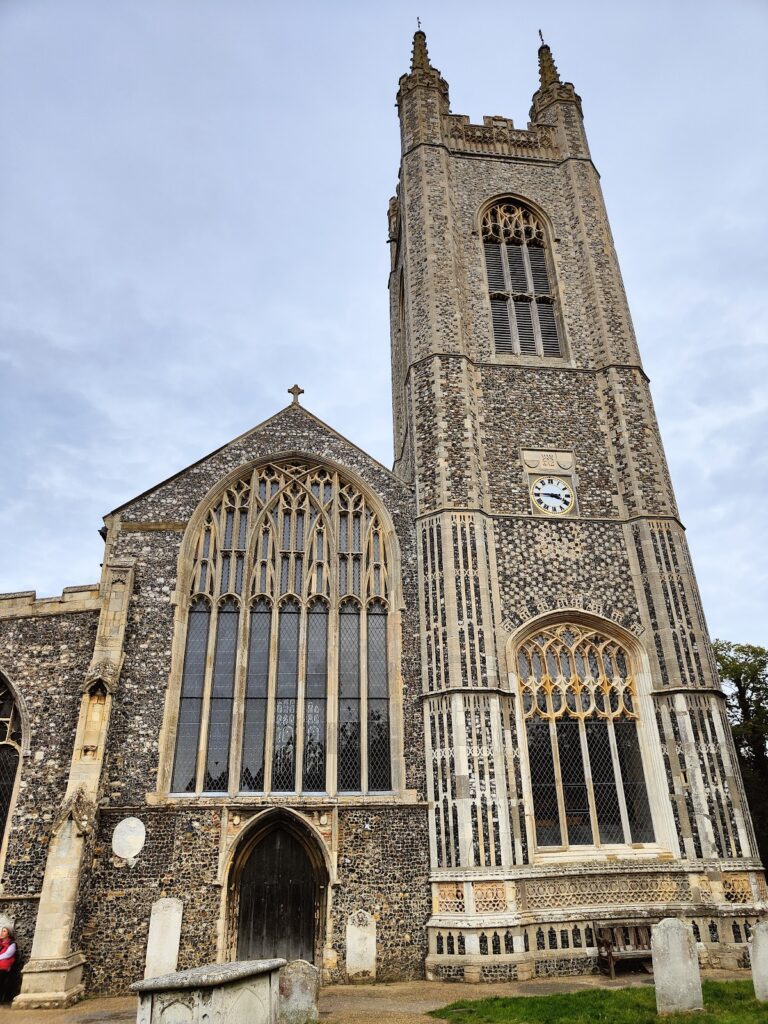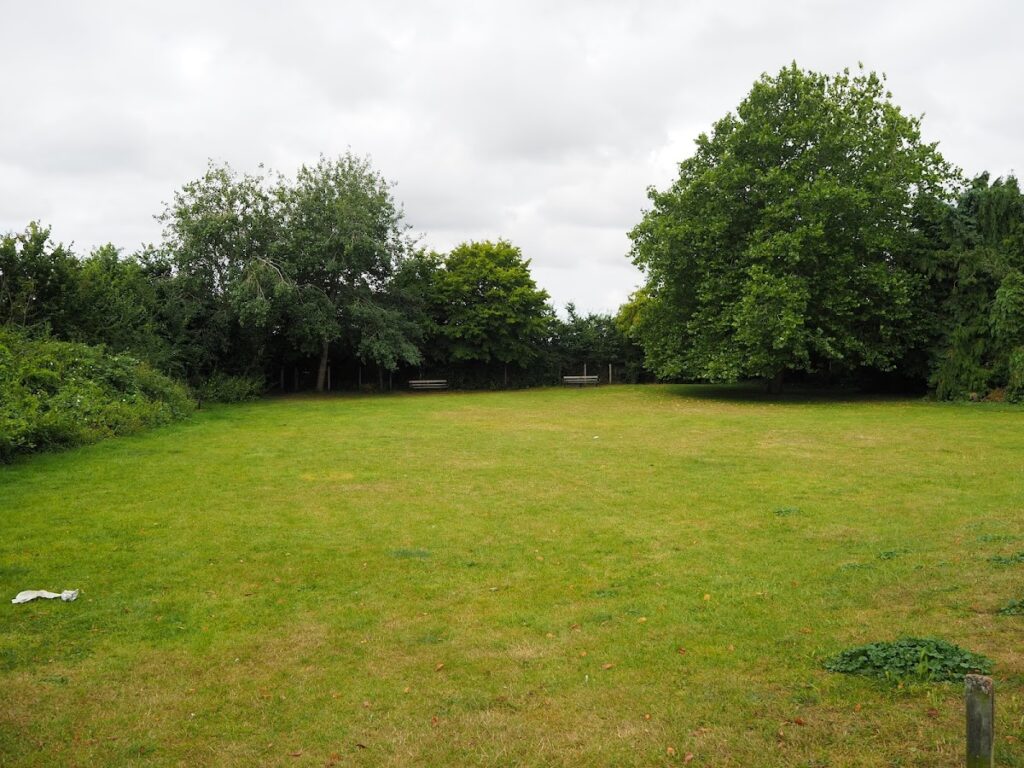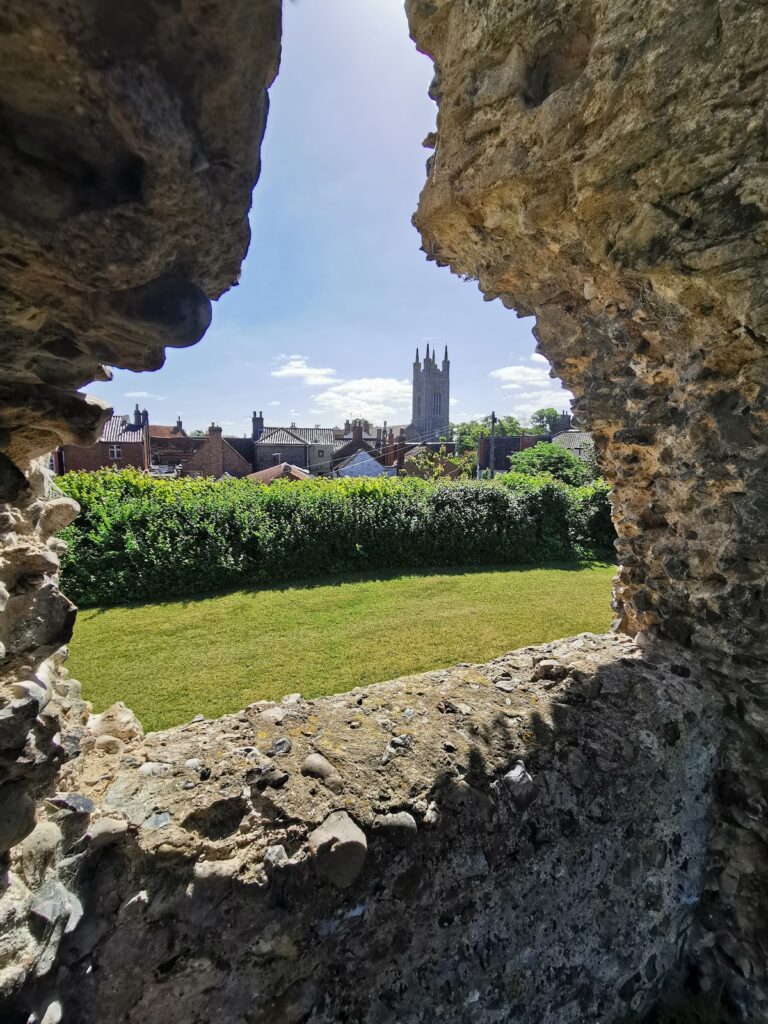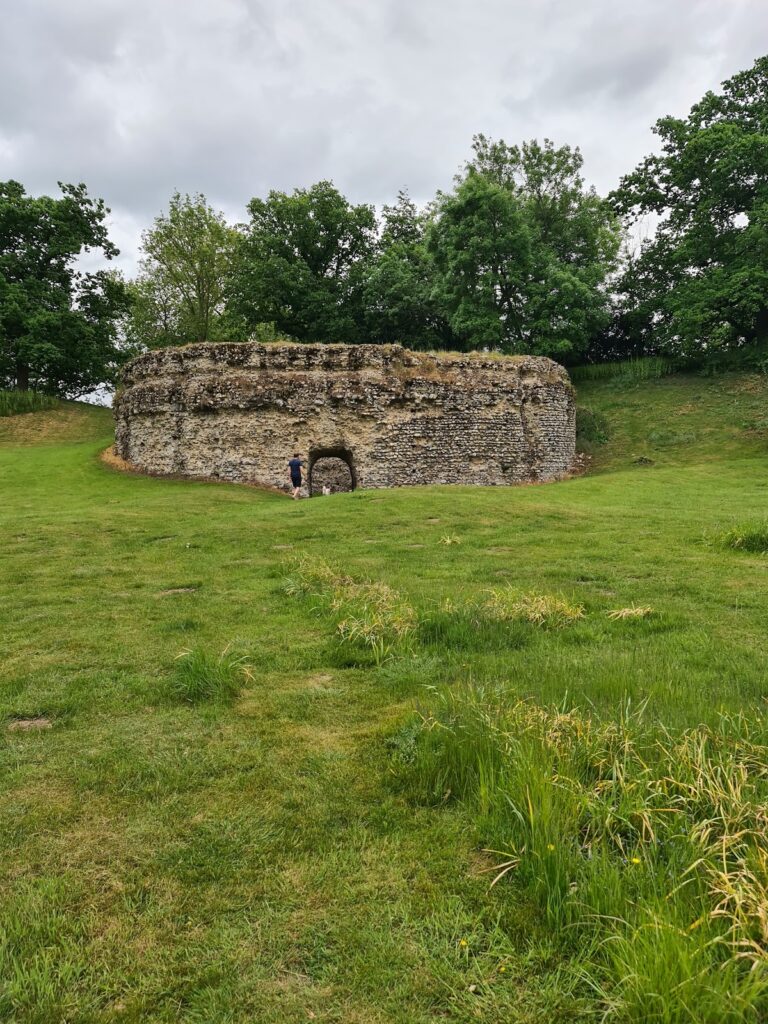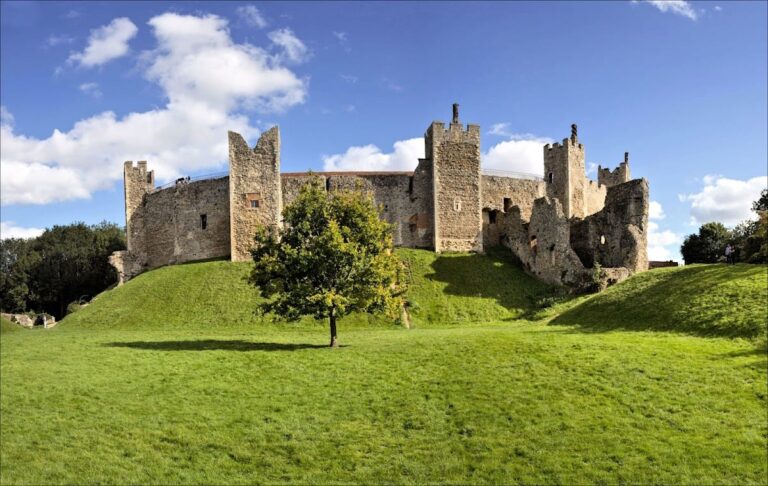Bungay Castle: A Norman Fortress in the United Kingdom
Visitor Information
Google Rating: 4
Popularity: Low
Google Maps: View on Google Maps
Country: United Kingdom
Civilization: Unclassified
Remains: Military
History
Bungay Castle is located in the town of Bungay, in the United Kingdom, and was originally constructed by the Normans shortly after their conquest of England. The castle stands beside a pronounced bend in the River Waveney, a natural defensive feature that influenced its location and design.
The fortress’s origins trace back to around the year 1100 when Roger Bigod, a Norman nobleman, established the initial structure on the site. His son, Hugh Bigod, became an important figure during a tumultuous period known as the Anarchy, a civil war from 1138 to 1154. Early in the reign of King Henry II, Hugh’s allegiance was questioned, resulting in the crown seizing control of the castle. However, by 1164, Henry II returned Bungay Castle to Hugh, who soon embarked on a significant construction project in 1165. Among these works was a large square keep built in the Norman architectural style, notable for its scale and investment, with contemporary estimates valuing the keep’s construction at the equivalent of several million pounds today.
During the revolt against Henry II from 1173 to 1174, the castle was attacked by royal forces. It endured a siege involving undermining strategies—a form of siege warfare where attackers tunnel beneath walls to collapse them—and was deliberately damaged on the king’s orders, a process known as slighting. This was part of a widespread campaign that saw at least twenty-one castles dismantled to prevent their future use by rebels.
Despite this damage, Bungay Castle remained in family hands and experienced further enhancements. In 1294, Roger Bigod, the 5th Earl of Norfolk, is credited with major developments, likely including the erection of the impressive gate towers that survive today. After his death, and a dispute with King Edward I, the castle returned to royal ownership and gradually fell into neglect.
In the early 14th century, King Edward II granted the income from the Bigod estates, including Bungay Castle, to his half-brothers Thomas of Brotherton and Edmund of Kent. Thomas eventually inherited both the earldom and the castle, which later passed in 1338 to his daughter Alice Montagu. Records recount a tragic event at Bungay in 1352, where Alice was violently assaulted by her husband Edward Montagu along with his retainers. Edward maintained possession of the castle until his death in 1361.
The castle returned to the control of the Dukes of Norfolk in 1483, who held it for several centuries with exception of a brief late 18th-century ownership by Robert Mickleborough. During this period, Mickleborough used stone from the keep and curtain walls for roadworks, causing the loss of part of the original structures. Shortly afterward, local solicitor Daniel Bonhôte acquired the site before selling it back to the Norfolk family around 1800. Apart from the removal of buildings added on the site in 1841, Bungay Castle did not undergo major restoration for many years.
Archaeological interest in the castle grew in the 20th century. Early excavations began with the amateur efforts of Leonard Cane, followed by a more systematic investigation under archaeologist Hugh Braun in the 1930s. The site gained legal protection, becoming one of the earliest places scheduled under the Ancient Monuments Consolidation and Amendment Act of 1913 and officially scheduled in 1915. Recognizing its historical importance, Bungay Castle was designated as a Grade I listed building in 1949.
In 1987, the 17th Duke of Norfolk transferred ownership of the castle to the town of Bungay. Since then, the castle has been preserved and managed by the Bungay Castle Trust. As of the summer of 2024, the site is closed to facilitate repairs, with no reopening date announced.
Remains
Bungay Castle occupies a naturally defensible position shaped by a sharp curve in the River Waveney. This strategic choice made use of the river’s natural protection on one side, supplementing the man-made defenses comprising extensive curtain walls and fortified gates. The castle’s surviving structures reflect the evolving architectural styles and military needs from its initial Norman foundation through later medieval modifications.
The most prominent surviving feature is a fragment of the large square keep constructed in 1165 by Hugh Bigod. This keep, built of stone in the typical Norman fashion, served as the central stronghold within the castle and was a major investment at the time. Though quarrying activities in the 18th century removed much of its fabric for reuse as building material, sections remain that reveal its original scale and solidity.
Encircling the inner area are substantial curtain walls, which once enclosed the castle’s courtyards and buildings. These walls, constructed from local stone, formed a continuous protective barrier. Like the keep, parts of the curtain walls were dismantled for their stone during the late 1700s but enough survives to outline the castle’s original footprint.
One of the most striking architectural elements still in place are the twin gatehouse towers. These large, robust towers date from the late 13th century, when Roger Bigod, 5th Earl of Norfolk, added major fortifications to the castle. Their size and design suggest a focus on strong defense and control of access, marking an evolution in medieval military architecture. These gate towers have endured through centuries, standing as some of the castle’s best-preserved medieval features.
Archaeological efforts, particularly those led by Hugh Braun in the 1930s, helped uncover and stabilize much of the castle’s remains. These excavations clarified the layout and construction details that had become obscured over time. Today, the castle sits about 11 meters above sea level on flat terrain near Bungay town center, its ruined walls and towers rising carefully above the riverside landscape.
Though centuries of wear, damage, and stone-robbing have reduced Bungay Castle, the surviving fragments of its Norman keep, curtain walls, and substantial gatehouse walls provide a tangible connection to its long and complex history.

